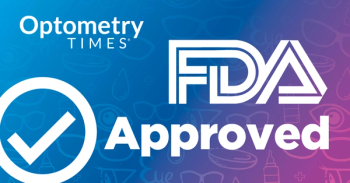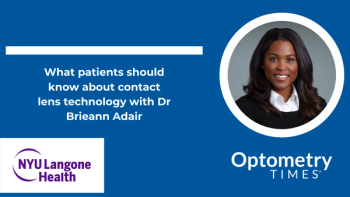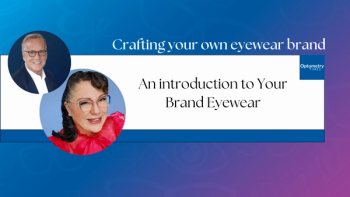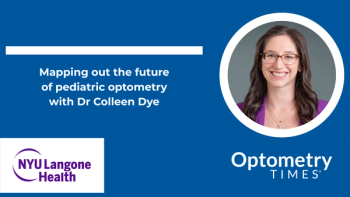
AAOpt 2025: Finding presbyopic contact lens success with Dr Erin Rueff
Rueff, OD, PhD, FAAO, stated during her presentation that optometrists are not taking full advantage of their opportunities to suggest contact lenses to their patients with presbyopia.
During the American Academy of Optometry's Academy meeting, Erin Rueff, OD, PhD, FAAO, discussed presbyopic contact lens fitting and the current state of multifocal lens technology, focusing on changing prescriber attitudes and approaches to helping patients with presbyopia. Rueff emphasized that eye care providers are currently underserving presbyopic patients by relying on outdated technologies and approaches, such as monovision. They argue that modern multifocal contact lens technology has significantly improved, offering patients much better visual solutions than in the past. Key insights include the following:
- Many eye care providers are stuck in old mindsets about presbyopic lens fitting.
- Patients aged 60 to 70 years are highly active and require comprehensive vision solutions.
- Multifocal lenses now offer superior vision correction compared with traditional monovision.
- Patients want contact lens options, but often are not proactively offered them by their providers.
Rueff stressed that eye care professionals must become advocates for advanced vision technologies. She highlighted that most patients are interested in contact lenses, but providers frequently fail to initiate these conversations or suggest upgrades. Recent technological advancements have expanded multifocal lens parameters, including new daily toric multifocal options. This allows providers to transition patients from monovision to more comprehensive vision correction that provides better binocular vision and range. Rueff recommended that providers:
- Proactively discuss contact lens options with patients
- Overcome hesitation about "selling" new technologies
- Recognize that patients appreciate professional recommendations
- Transition patients from monovision to multifocal lenses when possible
- Understand that patients want visual freedom and are eager for advanced solutions
The core message is that eye care providers are often the primary barrier to patients receiving optimal vision correction. By embracing new technologies and being proactive in recommending multifocal lenses, providers can significantly improve patient outcomes and satisfaction.
Newsletter
Want more insights like this? Subscribe to Optometry Times and get clinical pearls and practice tips delivered straight to your inbox.



















































.png)


